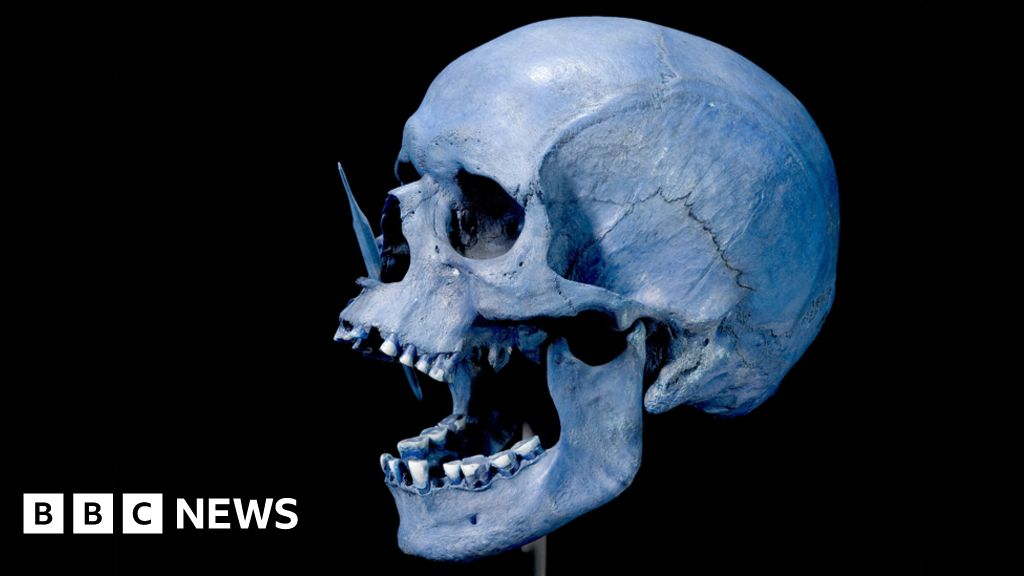- cross-posted to:
- health
- cross-posted to:
- health
Why are diseases more common in some parts of Europe than others, and why are northern Europeans taller than their southern counterparts?
An international team of scientists say they have unearthed the answer in the DNA of ancient teeth and bones.
The genes which protected our ancestors from animal diseases now raise the risk of multiple sclerosis (MS).
The researchers call their discovery “a quantum leap” in understanding the evolution of the disease.
And they say it could change opinions on what causes MS, and have an impact on the way it is treated.



This is the best summary I could come up with:
MS is a disease where the body’s own immune cells attack the brain and spinal cord, leading to symptoms like muscle stiffness and problems walking and talking.
They discovered that genes which increase the risk of MS entered into north-western Europe about 5,000 years ago via a massive migration of cattle herders called Yamnaya.
The research project was a huge undertaking - genetic information was extracted from ancient human remains found in Europe and Western Asia, and compared with the genes of hundreds of thousands of people living in the UK today.
Prof Lars Fugger, paper author and MS doctor at the John Radcliffe Hospital in Oxford, says the discovery helps “demystify” the disease.
Drugs currently used to treat MS target the body’s immune system, but the downside is the risk of suppressing it so much that patients struggle to fight off infections.
DNA from pre-historic hunter-gatherer people raises the risk of Alzheimer’s, but ancient farmers’ genes are linked to mood disorders, the research explains.
The original article contains 686 words, the summary contains 165 words. Saved 76%. I’m a bot and I’m open source!
What did the Yamnaya ever do for us, I ask you?